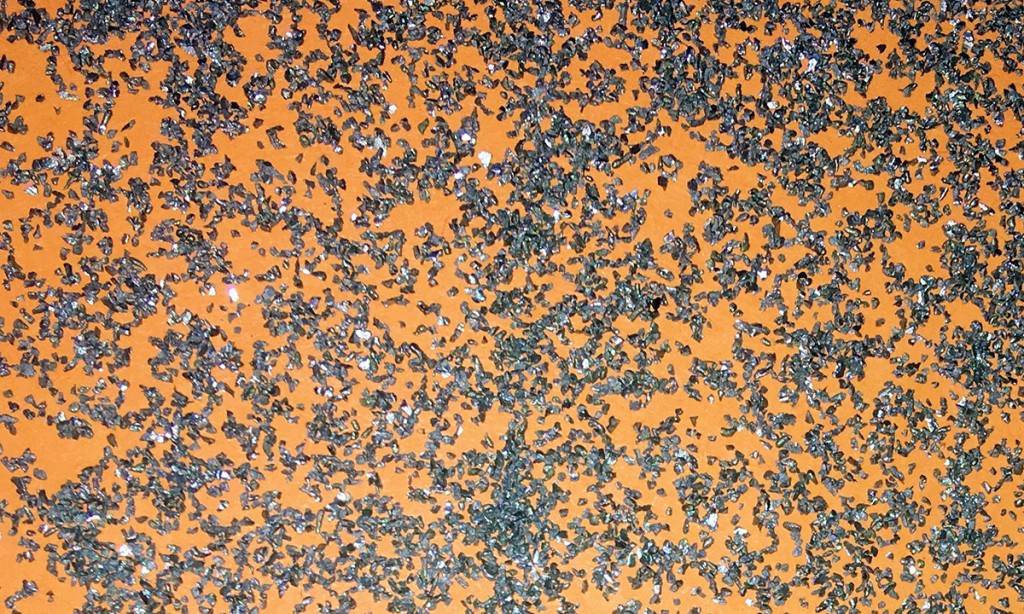What Grit For Blasting Steel Sheets?
What Grit For Blasting Steel Sheets?

There are many types of abrasives, but one of the most common is steel grit. This type of abrasive has a randomly shaped grain and varies in hardness. It will erode and etch surfaces, depending on the application. It is available in a wide range of sizes, from coarse to very fine. The size of the particles will determine the type of abrasive used.
Stainless Steel Grit is a popular choice for blasting steel sheets. It is made of non-metallic material, which is softer than aluminum oxide. This media is easy to mix with other media and gives a clean finish. It is also screened to meet the SAE and SFS specifications. The process is easy and it produces the finished product faster. However, you must remember that the hardness of steel grit may vary depending on the type of application and the abrasive you're using.
Stainless Steel Grit has more advantages over Aluminum Oxide grit. It is more durable, less likely to fracture and is more user-friendly. This media is available in 55-lb bags and is suitable for most applications. Stainless Steel Grit is also compatible with standard wheel blasting equipment. It can be used in industrial blasting and can be used in large facilities. It can be purchased online or at any local industrial supply store.
While Aluminum Oxide Grit is the most common abrasive grit, Stainless Steel Grit is a better choice due to its increased durability and fracture resistance. It is also more user-friendly. In the photo below, a blasting operator can see the etched surface after four minutes with SSG. You can buy a 55-lb bag of Stainless Steel Glitter.
The hardness of steel is an important factor for industrial blasting. This grit is used to remove surface contaminants. It will strip the surface of various types of steel. It will also leave a nice etched finish. It is commonly used in larger blasting installations. It is softer than Aluminum Oxide Grit, but will still strip many types of surface contaminants from stainless steel. It can be mixed with the aluminum shot to create a blasting fluid.
In addition to Stainless Steel Grit, there are other types of abrasive media to choose from. Alumina grit is a mineral abrasive, and it is commonly used in blasting applications. Its low-cost and easy-to-use properties make it an ideal choice for most commercial applications. For a variety of applications, it can help clean stainless steel surfaces.
Stainless Steel Grit is an angular carbon steel media. It is softer than Aluminum Oxide Grit and does not fracture as easily. It also offers a nice etched finish. This type of abrasive is typically more suited for larger blasting installations. Stainless Steel Grit is more durable and resistant to damage than Aluminum Oxide. Abrasive grit is more efficient than Aluminum Oxide. Hence, it is recommended for industrial applications.
Another abrasive media is called Steel Grit. This type of media is made of angular carbon steel. Its angular carbon steel will quickly strip surface contaminants from stainless steel. It is also softer than Aluminum Oxide Grit and does not fracture as easily. It can be used for deburring and fine blasting. Stainless Steel Grit is an angular carbon abrasive, but it does not react to corrosion.
Stainless Steel Grit is an excellent choice for blasting steel sheets. Compared to Aluminum Oxide, it is easier to handle. It has a low attrition rate and can be used for a wide variety of applications. It is available in many different sizes. It also has a wide range of applications. For industrial uses, it is recommended to use a variety of grit. It is available in a wide range of grit sizes and grain sizes.
If you're looking for a more durable abrasive for steel sheets, you can choose a stainless steel grit. This abrasive is more resistant to heat and can be used at higher air pressures than aluminum oxide grit. It is a good alternative for commercial and industrial applications. The process is easy to perform, and the grit can be very cost-effective.
 Telephone :+86 157 6285 8378
Telephone :+86 157 6285 8378 WhatsApp :+86 157 6285 8378
WhatsApp :+86 157 6285 8378 Email :
Email :














